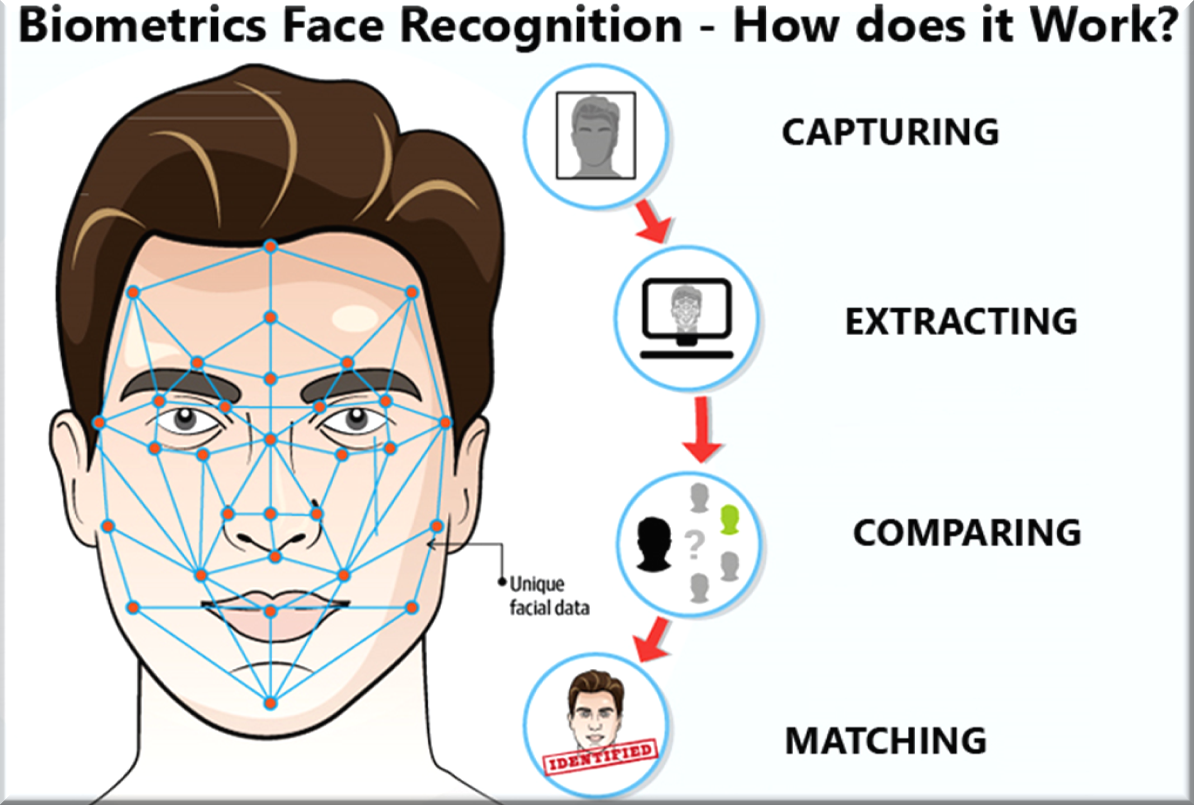Important Facts For Prelims
DNA and Face Matching Systems At Police Stations
- 26 Oct 2023
- 5 min read
Why in News?
Over a year after Parliament passed the Criminal Procedure Identification Act (CrPI), 2022; the Centre is preparing to introduce 'DNA and Face Matching' systems in 1,300 police stations nationwide, despite the Act's provisions not yet being fully implemented.
What is the Context of ‘DNA and Face Matching Systems’ Under CrPI Act, 2022 ?
- Introduction to the Act and Rules:
- In 2022, the Indian Parliament passed CrPI Act that grants police and central investigating agencies the authority to collect, store, and analyze physical and biological samples, which even include retina and iris scans, of arrested individuals.
- This legislative move aimed to enhance law enforcement capabilities and ushered in a new era in criminal identification and data management.
- Rollout of the Act and Rules:
- The responsibility for implementing the Act and establishing the Standard Operating Procedure (SOP) for the measurement collection process was entrusted to the National Crime Records Bureau (NCRB), a central organization.
- The NCRB played a pivotal role in guiding police officials on the proper protocol for recording these measurements.
- Expanding Measures and Committees for Implementation:
- The Act and rules did not directly mention DNA sample collection and face matching procedures, but the NCRB conveyed plans to implement these measures in discussions with State police officials.
- Additionally, the Ministry of Home Affairs formed a Domain Committee comprising State police and central law enforcement representatives for recording DNA data.
- Challenges and Controversies Surrounding the Act:
- Critics decried the legislation as "unconstitutional" and an intrusion on privacy.
- In addition to the controversy, practical challenges emerged, including the need for training and resources in various states, with concerns over funding and operating costs.
- Moreover, the NCRB emphasized the importance of technologically, legally, and forensically sound tools and systems, along with robust safeguards to prevent misuse of the collected data. This context underscores the complexity and significance of the Act and its associated rules.
What is the ‘DNA and Face Matching Systems’ Technology?
- Face Matching System:
- Face Matching System is an algorithm-based technology which creates a digital map of the face by identifying and mapping an individual’s facial features, which it then matches against the database to which it has access.
- In the Automated Facial Recognition System (AFRS), the large database (containing photos and videos of peoples’ faces) is used to match and identify the person.
- Image of an unidentified person, taken from CCTV footage, is compared to the existing database using Artificial Intelligence technology, for pattern-finding and matching.
- DNA Matching Systems:
- DNA matching systems, also known as DNA profiling or DNA fingerprinting, are techniques used to compare and identify individuals based on their unique genetic characteristics.
- These systems analyze specific regions of an individual's DNA, which are highly variable among people, to create a unique genetic profile for each individual.
- DNA matching is commonly used in criminal investigations to link suspects to crime scenes or victims. DNA evidence found at a crime scene, such as blood, hair, or bodily fluids, can be compared to the DNA profiles of potential suspects.
UPSC Civil Services Examination, Previous Year Questions (PYQs)
Prelims
Q. The identity platform ‘Aadhaar’ provides open “Application Programming Interfaces (APIs)”. What does it imply? (2018)
- It can be integrated into any electronic device.
- Online authentication using iris is possible.
Which of the statements given above is/are correct?
(a) 1 only
(b) 2 only
(c) Both 1 and 2
(d) Neither 1 nor 2
Ans: (c)
Q. In addition to fingerprint scanning, which of the following can be used in the biometric identification of a person? (2014)
- Iris scanning
- Retinal scanning
- Voice recognition
Select the correct answer using the code given below:
(a) 1 only
(b) 2 and 3 only
(c) 1 and 3 only
(d) 1, 2 and 3
Ans: (d)







